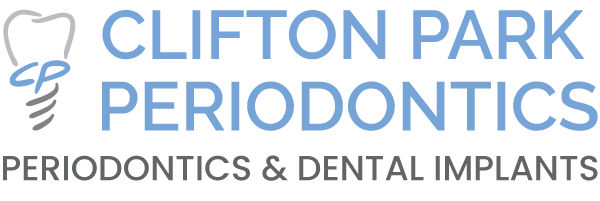Pocket Reduction Procedures/Osseous Surgery
Your bone and gum tissue should fit snugly around your teeth like a turtleneck around your neck. When you have periodontal disease, this supporting tissue and bone is destroyed, forming “pockets” around the teeth.
Over time, these pockets become deeper, providing a larger space for bacteria to live. As bacteria develop around the teeth, they can accumulate and advance under the gum tissue. These deep pockets collect even more bacteria, resulting in further bone and tissue loss. Eventually, if too much bone is lost, the teeth will need to be extracted.
During your initial consultation and after all phases of treatment, Dr. Lam will measure the depth of your pocket(s). A periodontal pocket reduction procedure may be recommended because you have pockets that are too deep to clean with daily at-home oral hygiene and a professional care routine.
During this procedure, the gum tissue is folded back to access and remove the disease-causing bacteria before securing the tissue into place. In some cases, irregular surfaces of the damaged bone are smoothed to limit areas where disease-causing bacteria can hide. This allows the gum tissue to better reattach to healthy bone.
Reducing pocket depth and eliminating existing bacteria are important to prevent damage caused by the progression of periodontal disease and to help you maintain a healthy smile. Eliminating bacteria alone may not be sufficient to prevent disease recurrence. Deeper pockets are more difficult for you and your dental care professional to clean, so it’s important for you to reduce them. Reduced pockets and a combination of daily oral hygiene and professional maintenance care increase your chances of keeping your natural teeth – and decrease the chance of serious health problems associated with periodontal disease.
Regenerative Surgery
Procedures that regenerate lost bone and tissue supporting your teeth can reverse some of the damage caused by periodontal disease.
Dr. Lam may recommend a regenerative procedure when the bone supporting your teeth has been destroyed due to periodontal disease. These procedures can reverse some of the damage by regenerating lost bone and tissue.
During this procedure, the gum tissue is folded back to access and remove the disease-causing bacteria. Membranes (filters), bone grafts or tissue-stimulating proteins can be used to encourage your body’s natural ability to regenerate bone and tissue.
Eliminating existing bacteria and regenerating bone and tissue helps to reduce pocket depth and repair damage caused by the progression of periodontal disease. With a combination of daily oral hygiene and professional maintenance care, you’ll increase the chances of keeping your natural teeth – and decrease the chances of other health problems associated with periodontal disease.

